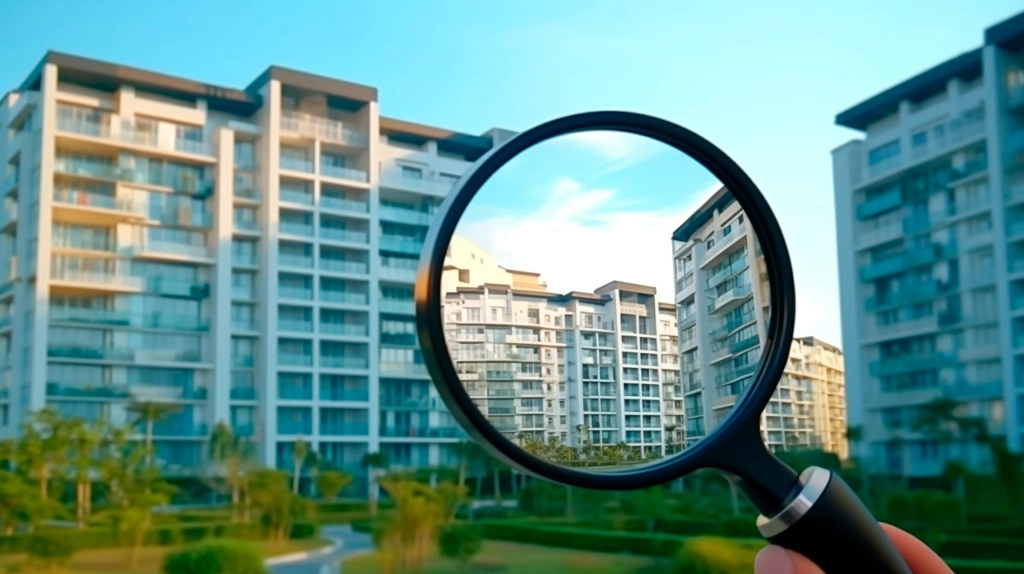Real Estate Flipping in the Philippines: Strategies and Risks

Real Estate Flipping is a lucrative investment strategy but is also laden with complexities. Especially in the dynamic Philippine market, it is both an opportunity and a challenge.
This comprehensive guide will explore the various strategies and risks associated with Real Estate Flipping in the Philippines. Whether you’re a seasoned investor or just getting started, this guide will equip you with valuable insights and tips to make your property flipping journey a success.
RELATED: 2023 Real Estate Marketing Trends: Unlocking Opportunities with AI-Driven Solutions
Real Estate Flipping: Strategies and Risks in the Philippine Market
Understanding Real Estate Flipping
Real estate flipping in the Philippines is not just about buying low and selling high. It’s about understanding the market, identifying the right opportunities, and implementing the proper strategies.
What Is Real Estate Flipping?
Real estate flipping involves purchasing properties, making necessary renovations, and selling them for profit. In the Philippines, this strategy has seen remarkable growth due to the burgeoning real estate market and economic development.
The Market Dynamics
Understanding the market dynamics is crucial. This includes studying current trends, identifying potential growth areas, and recognizing potential pitfalls. Expert insights suggest that Metro Manila and key cities like Cebu and Davao are hotspots for property flipping in the Philippines.

Property Flipping Strategies
Property flipping can be highly profitable if done right. The following are some proven strategies that have been successfully implemented in the Philippine market.
Finding the Right Property
Locating the right property is essential for a successful flip. This involves extensive market research, utilizing real estate platforms, and engaging local brokers.
Budgeting and Financing
Flipping houses requires a well-thought-out budget plan. From purchasing to renovation and reselling, every stage involves costs that must be well managed.
Renovation and Upgrading
Effective renovation and upgrading can drastically increase the property’s value. Partnering with skilled contractors and interior designers has proven effective in enhancing property appeal.
Selling and Marketing
Effective marketing and selling strategies are crucial to ensuring that the property reaches the right audience. Utilizing online platforms, engaging brokers, and proper pricing strategies are key.

Risks Involved
Flipping houses for profit is not without risks. Understanding and mitigating these risks is vital for long-term success.
Market Fluctuations
Market fluctuations can significantly affect the property values of flipped homes. Continuous market analysis and timely decision-making are vital to managing this risk.
Over-Capitalization
Investing too much in a property can lead to over-capitalization, where the costs exceed the potential profit. Proper budgeting and cost analysis are essential to avoid this pitfall.
Legal and Regulatory Compliance
Compliance with legal and regulatory requirements is a significant concern. Engaging knowledgeable legal experts can prevent potential legal troubles.
Real estate flipping in the Philippines offers exciting opportunities but requires a well-thought-out strategy, deep market understanding, and risk management. From finding the right property to selling it for profit, every step requires meticulous planning and execution. By following the insights and strategies provided in this guide, investors can navigate the complexities of the Philippine market and build a successful property flipping business.

FAQs
What is the average ROI for property flipping in the Philippines?
The average ROI varies depending on the location and investment strategy, ranging from 10% to 30%.
Is real estate flipping suitable for beginners in the Philippine market?
Yes, with proper guidance and adherence to the strategies outlined in this guide, beginners can find success in property flipping.
What are the common mistakes to avoid in property flipping?
Common mistakes include inadequate market research, poor budgeting, over-capitalization, and non-compliance with legal regulations.
How long does it typically take to flip a property in the Philippines?
Typically, it takes 3 to 12 months, depending on the project’s complexity.
What are the best areas for property flipping in the Philippines?
Metro Manila, Cebu, Davao, and other emerging cities are considered prime locations for property flipping.
Read more here: AllProperties Latest Blogs




